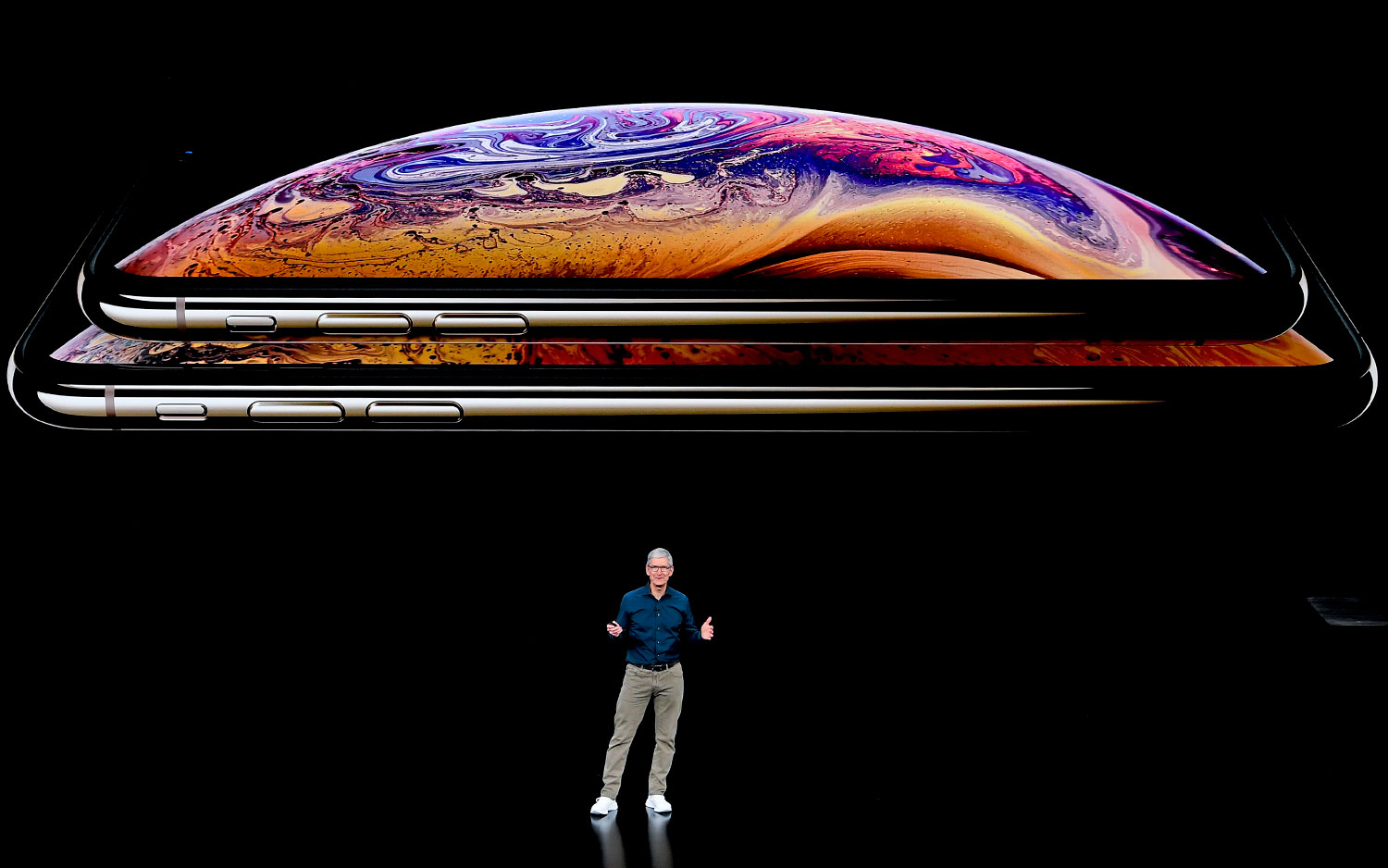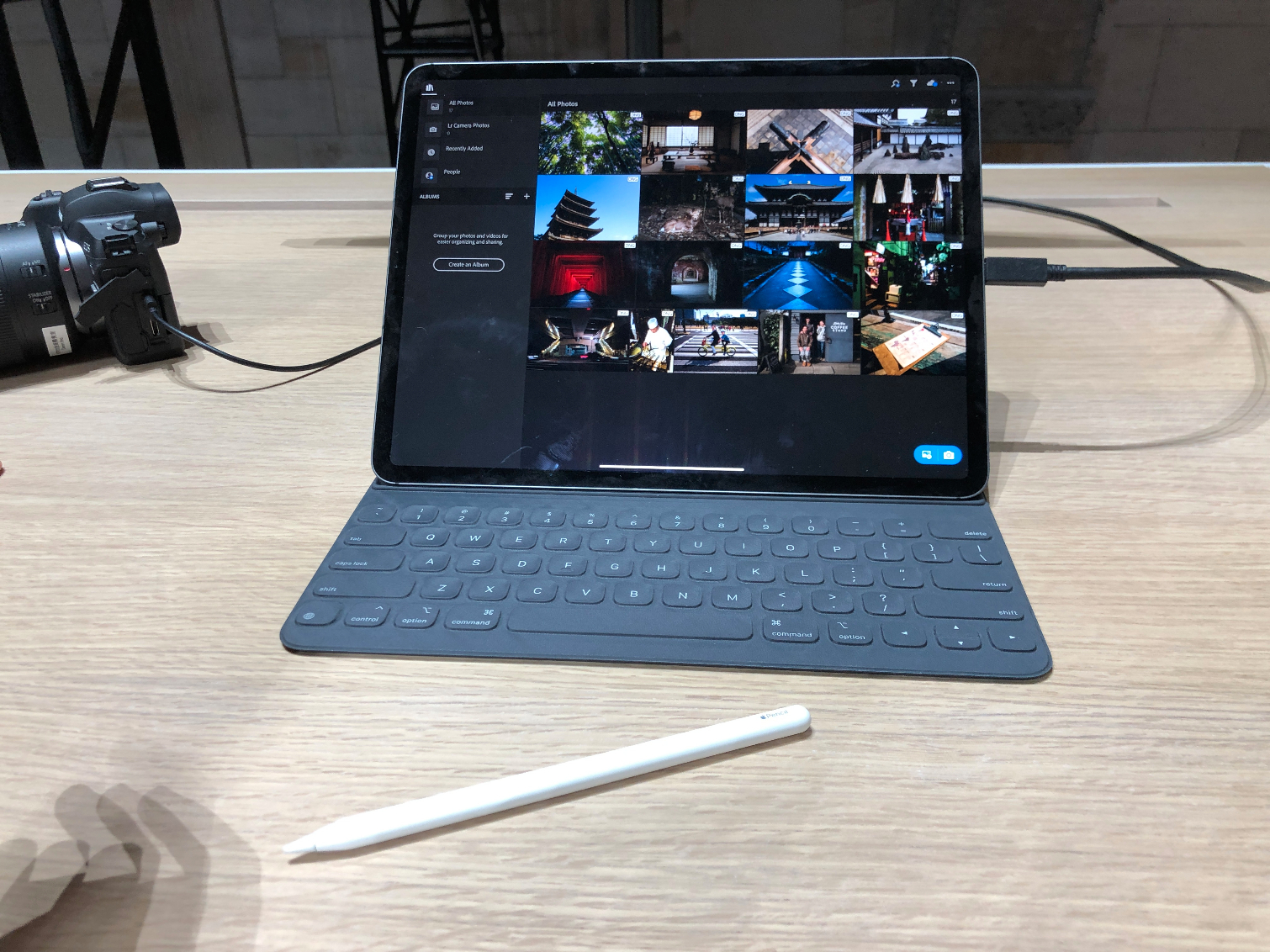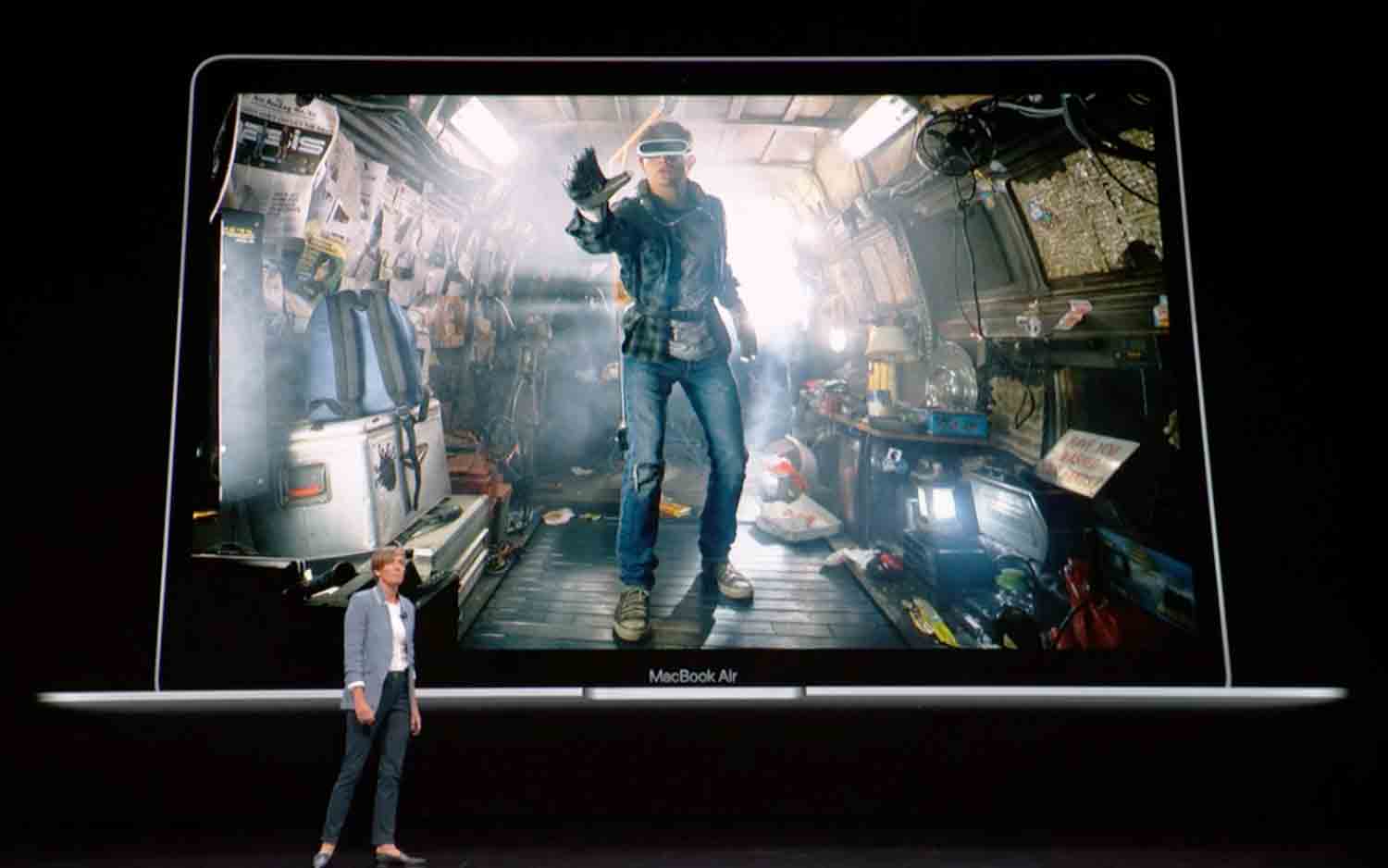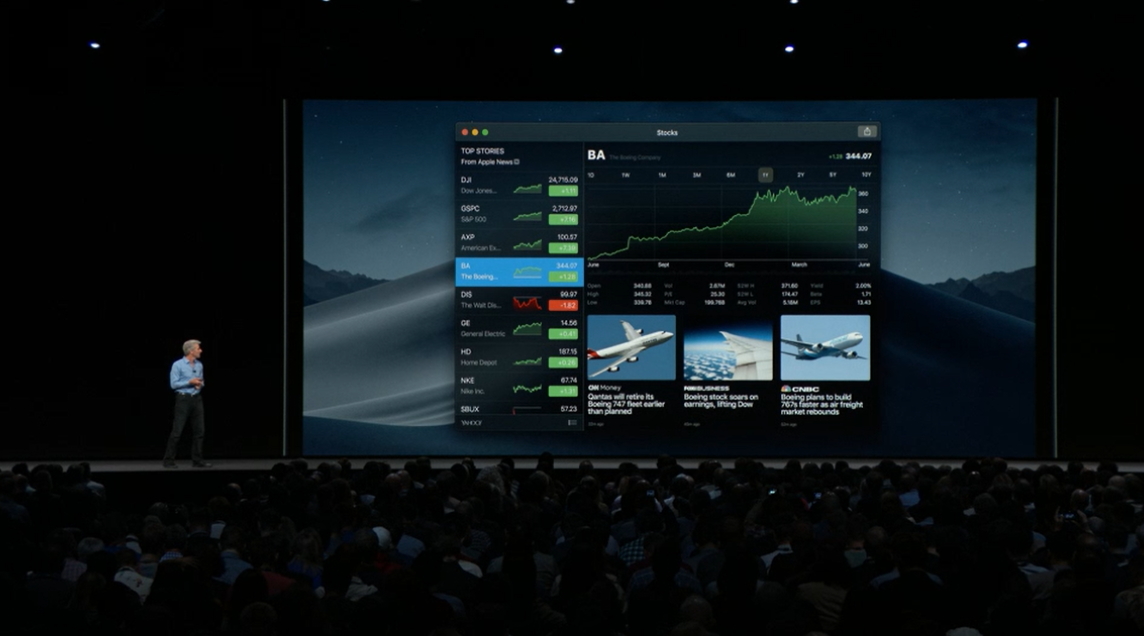Apple in 2018: Where It Triumphed, And Where It Flopped
Apple had some notable successes in 2018, but also a few fails. Here’s a look back at the company’s 2018, and what it means headed into the new year.
For Apple, 2018 feels like the calm before the storm. The company is working hard to boost its recurring services revenue while it deals with increasingly flat iPhone sales figures. The Mac soldiers on, but in 2019, it will become capable of running apps originally built for iOS — a seismic change that may redefine what it means to use a Mac (or an iPad, for that matter).

Here's a look at some of Apple's successes and failings in 2018, with an eye toward where the company is headed in the year to come.
Apple's 2018 successes
Apple's biggest success in 2018 can be found on its balance sheet. While Wall Street types continue to fret about Apple's slowing pace of growth, Apple's ability to generate cash cannot be denied. This was the best year in the company's history in terms of revenue and profits, each quarter a record — and the company says it will set an all-time record for the holiday quarter that ends this month, too.
The strongest revenue line for the company is Services, a catch-all that encompasses iCloud, the App Store, Apple Music, and soon a video-streaming service. As iPhone sales flatten, Apple continues to highlight this category as the source of growth for investors.
As a user of Apple's products, it's easy to get the sense that Apple is more focused on increasing the ongoing cost being in the Apple ecosystem than perhaps the fundamental value of their high-priced products. Regardless, in pure financial terms, it's hard not to see 2018 as a success for Apple.

On the product side, I couldn't be much more impressed with the new iPad Pro models Apple rolled out in October. (Spare me your talk of bending iPads.) With processors more powerful than most laptops, an iPhone X-style screen with small bezels and no home button, and USB-C ports, both the 11- and 12.9-inch iPad Pro show that nobody can play the tablet game better than Apple.
After a few years of struggling to figure out what its consumer laptop customers wanted, Apple finally got the message this year and released a MacBook Air with Retina display. It's a great device at a decent price (albeit not at the $999 starting point of the previous-generation model), and it instantly became the starting point of any conversation about which Mac laptop to buy.

Apple's revision of the Mac Mini was also a success. The Mini is a largely overlooked product that, nevertheless, fulfills uncounted obscure niches in the world. It's not a product that will set the world on fire, but the people who love the Mac Mini love it intensely — I've had one model or other running in my house since the first version came out more than a decade ago — and this update hit all the right notes.
While the iPhone XS and XS Max set price-tag records, Apple managed to also create the iPhone XR, which integrates most key iPhone X technology at a much lower price tag.
Finally, the iPhone XR feels like an unexpected product triumph. While the iPhone XS and XS Max set price-tag records at the high end, Apple managed to also create the XR, a phone that integrates most key iPhone X technology at a much lower price tag.
MORE: Buying the iPhone XR? 5 Things You’re Giving Up
Is a $749 iPhone cheap? Well, no, of course not. But given what the iPhone XR does — not to mention the gorgeous colors it comes in — it still feels like a remarkably good deal that will serve prospective iPhone buyers well for years to come.
Apple's 2018 belly-flops
Can we talk about AirPower? Apple announced a wireless charging mat in the fall of 2017 and then... never shipped it. The issue isn't that wireless charging is an incredibly difficult engineering challenge. It's that Apple was so overconfident in its abilities to build that product that it went ahead and announced it, and then was utterly unable to ship it. That's a sign of some serious dysfunction in a company that traditionally has shown enormous restraint in making product announcements.
Apple was so overconfident in its abilities to build AirPower that it went ahead and announced it, and then was utterly unable to ship it.
Speaking of surprise advance product announcements, in June Apple announced that it would provide iOS developers with the ability to move their apps to the Mac... in 2019. It's a move with huge ramifications, and it's my top candidate for the Apple story of 2019.

But this announcement was more about providing an explanation for four new apps that Apple brought from iOS to macOS as a proof of concept in macOS Mojave in the fall. I appreciate Apple's commitment to learning about how to make this transition the hard way, but the apps Apple brought over to the Mac (Home, Voice Recorder, Stocks, and News) just aren't very good. Apple has plenty of time to rectify this before third-party developers get their hands on this stuff next year, but right now the four object examples of the iOS-to-macOS app transition are mediocre at best and weird and broken at worst.
Then there's iOS 12, an update that brought some perfectly nice features and provided increased stability and speed for older iPhone models. It's a great update as far as it goes, but I'm listing it in this collection of Apple's failures because it utterly ignored the iPad Pro. A month after iOS 12 arrived, the new iPad Pro models arrived to a critical consensus that they were amazing pieces of hardware that were let down by their software. That's on iOS 12.
MORE: These 2 iOS 12 Features Changed Everything
Apple could have added some features that would enable more laptop-like functionality on those iPads. It could have dramatically altered the conversation about them. Instead, Apple essentially did nothing. And that shiny new USB-C port doesn't deliver much except power and 4K video out. What a missed opportunity.
Open questions
Then there are the big open questions heading into next year. Apple's going to stop publicly disclosing how many iPhones, iPads, and Macs that it ships, instead only revealing overall product revenue per category. The result will be a lot of 2019 stories about whether iPhone sales are flat or falling.
To goose that product revenue number and maintain growth even with flat sales, Apple has been raising prices on all its products. That's something else to watch: Will Apple be able to get away with it, or will the new prices test the loyalty of Apple's customers? The high prices could lead to longer buying cycles — thereby depressing sales further — or in the most extreme cases it could lead to customers abandoning Apple for the competition. We'll need to see if Apple stays the course on high prices or if it changes its approach, whether by reducing prices or more aggressively offering sales and deals.
The coming year will be a big one for Apple. It will launch its new streaming-video service, populated with a couple dozen original series and movies it's shelled out more than $1 billion for so far. It will begin remaking what it means to be a Mac app courtesy of the new apps arriving on the platform from iOS. It will need to keep iPhone sales humming when it looks like sales are stalling out.
Knowing Apple, there will be plenty of surprises, too. I'm looking forward to seeing what's next.
Sign up to get the BEST of Tom's Guide direct to your inbox.
Get instant access to breaking news, the hottest reviews, great deals and helpful tips.
Jason Snell was lead editor of Macworld for more than a decade and still contributes a weekly column there. He's currently running the Six Colors blog, which covers all of Apple's doings, and he's the creative force behind The Incomparable, a weekly pop culture podcast and network of related shows.
